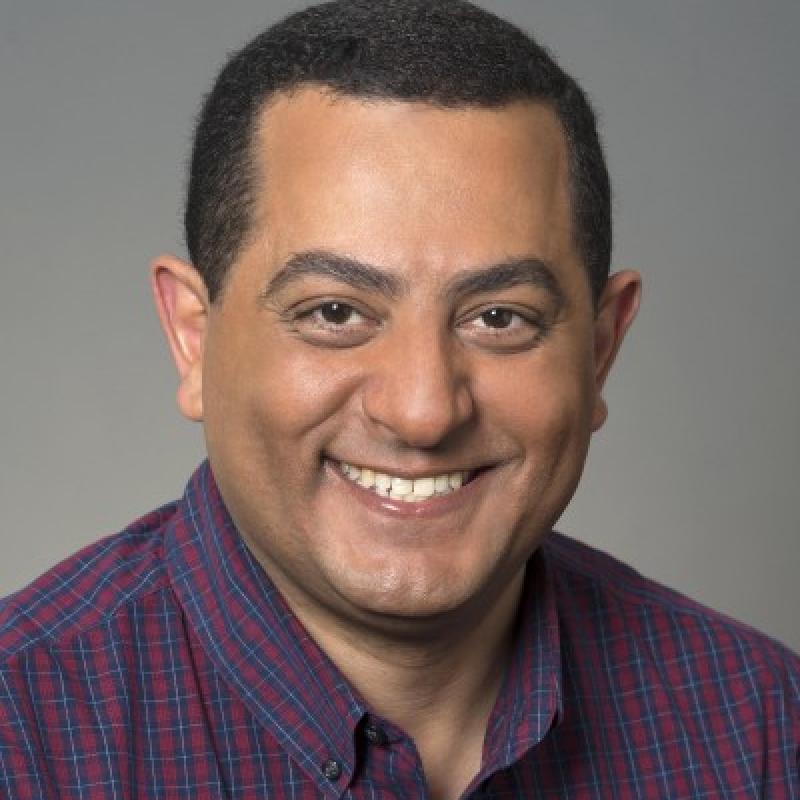What the deep fake is going on? Was that Queen Elizabeth in a tic tok video dancing on top of her regal desk or a cautionary production highlighting the dangers of misinformation? The word deepfake combines the terms “deep learning” and “fake,” and is a subset of AI. There are useful sides to this developing technology to be sure. But with the democratization of technology, anyone, yes anyone, can access the myriad deepfake tutorials on YouTube and apps available at Walmart to create a fictional video of a person doing or saying anything the creator wants. Just as fast as technology develops to detect deepfakes and protect machine learning for beneficial purposes, malevolent techy actors work just as quickly to develop more sophisticated fakes to avoid detection. If this sounds like an arms race, it’s because it is. It is using technology to fight technology in a race that has potentially dangerous outcomes. Still, humans are the solution, so let’s have a real, face-to-face conversation about it. What the deepfake can we lose?
Jan
27
2021
When: 5:00 PM - 6:30 PM
Where: ONLINE (Zoom)
Event Type: Polymathic Pizza
Where: ONLINE (Zoom)
Event Type: Polymathic Pizza
Event Details
Speaker Information
Speaker

